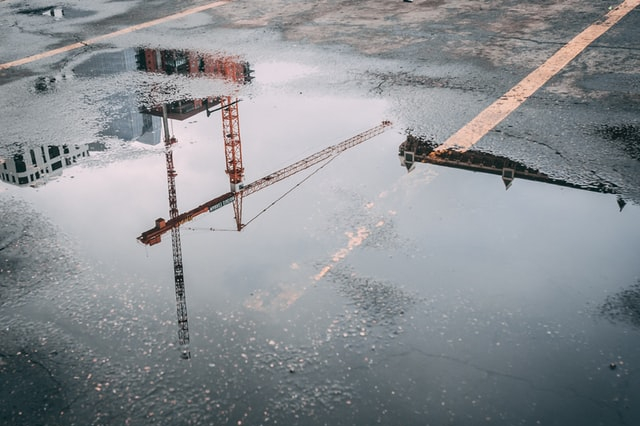
When initiating a lawsuit one of the first steps is to identify who the responsible party is. This can be especially difficult in cases involving a trip and fall or slip and fall at a business. This can become even more difficult when the building is occupied by a different person or entity (tenant) then the person who owns the building (landowner). So, when is the landowner responsible for injuries related to a flaw or defect in a building?
Landlord Duties to Prevent Slip and Falls
The landowner has an affirmative duty to fix a stoop or entrance when any of these four examples apply:
- A hidden, dangerous condition on the premises of which the landlord knows or should know, but of which the tenant is unaware;
- Premises leased for purposes involving admission to the public;
- Premises remaining in the control of the landlord (e., common areas); and
- Negligent repairs by the landlord.
In addition, a landlord can be held liable when certain provisions of the building code are violated such as ground and floor surfaces requirements or changes in levels requirements. When a building code or statute is violated this is known as negligence per se.
The Law and Slip and Fall
The general rule is that a landowner is not liable for damage caused by defective conditions existing on the premises at the time the tenant enters into the lease. However, the same four exceptions as listed above apply here as well.
Additionally, landowners have an affirmative duty to maintain safe premises. This means the landowner must protect visitors to both known dangers and dangers which should have been reasonably known. Where a defendant invites a plaintiff to use its premises, the defendant thereby owes the plaintiff an affirmative duty to protect them not only from dangers known to the defendant but also from those which with reasonable care it might discover.
Among other duties, a landowner owns the duty to make sure that ground and floor surfaces, as well as changes in levels, do not rise or sink more than ¼ inch or ½ inch in relation to the surfaces surrounding them. This is laid out in the MN building code (also negligence per se). MN courts have recognized this by stating:
“where a statute imposes on a person a specific duty for the protection or benefit of others and he neglects, without justification or excuse, to perform such duty, he is liable to those for whose protection or benefit it was imposed for any injuries of the character which the statute was designed to prevent directly caused by his neglect.”
Smith v. Kahler Corp., 297 N.W.2d 146, 148, (Minn. 1973). Here the MN building code imposes a duty to maintain roughly even ground surfaces and avoid changes in level over a certain measurement. If a landowner fails to comply with this duty, they are liable for any personal injuries that occur on the property.
A landowner is not liable for physical harm caused by any activity or condition on the land whose danger was known or obvious unless the possessor should anticipate the harm despite such knowledge or obviousness. To prove that a violation of a statute or ordinance was negligence per se, the plaintiff will have to show that “(1) the breach of the statute or ordinance harmed persons intended to be protected by the statute or ordinance, and (2) the harm suffered was the type of harm the legislature intended to prevent.”
Building codes are intended to provide minimum requirements for safety. This means that the landowner has a continuing duty to install and maintain safety features required by the building code such as a second handrail. Further, the landlord is not entitled to shift the duty solely to the tenant simply because it was in the tenant’s possession. Another example of this is with faulty entrances or stoops as defined by the MN building code.
How The Slip And Fall Lawyers At Sand Law Can Help You
The skilled personal injury attorneys at Sand Law focuses on handling these issues throughout Minneapolis, St. Paul, and greater Minnesota. Contact us for a free case evaluation where we can explain your rights and zealously advocate for you.

